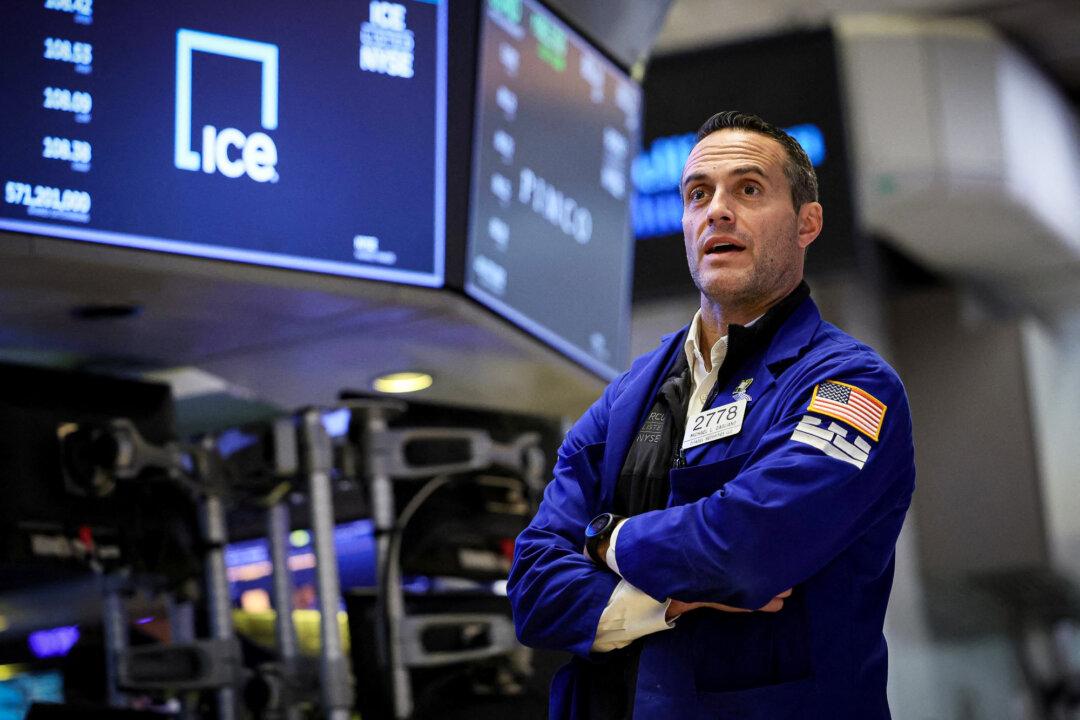The Dow Jones Industrial Average rose to a record 40,000 on May 16, fueled by investor hopes that softer inflation data would prompt the Federal Reserve to cut interest rates. Unlocking this milestone signaled “confidence” in the U.S. economy, according to President Joe Biden.
The benchmark stock market index, featuring 30 companies listed on U.S. stock exchanges, rose to a session high of just above 40,051. Year-to-date, the Dow is up 6 percent.





